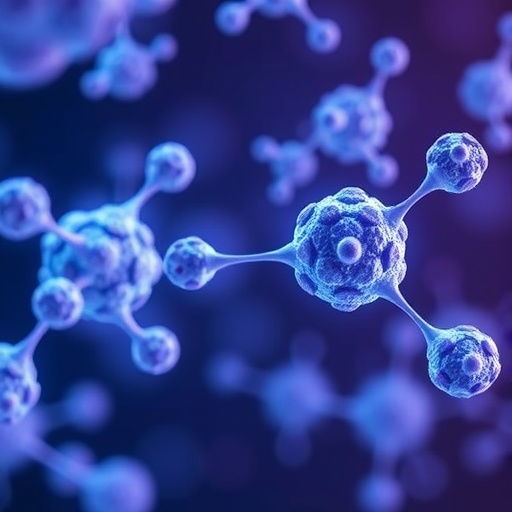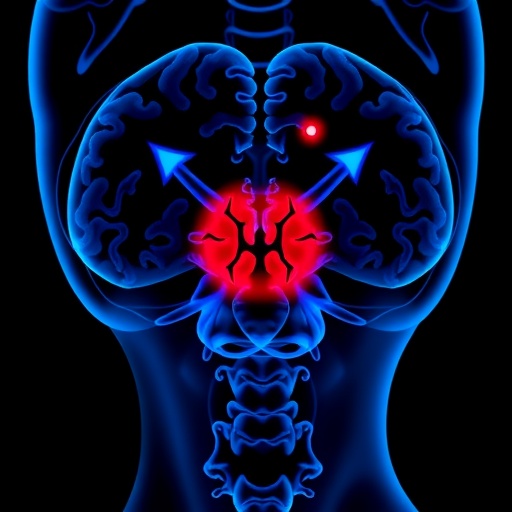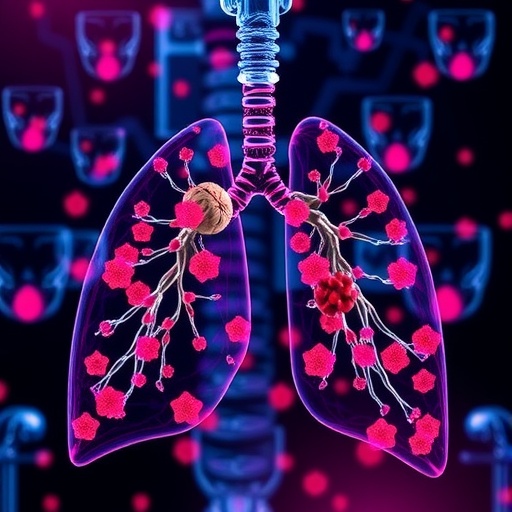In a groundbreaking advancement poised to revolutionize pharmaceutical development, researchers at the Korea Advanced Institute of Science and Technology (KAIST) have unveiled an artificial intelligence (AI) model capable of autonomously designing optimal drug candidates tailored specifically to the structural intricacies of target proteins. This pioneering AI technology, named BInD (Bond and Interaction-generating Diffusion model), represents a significant leap beyond conventional drug discovery processes, which have historically relied on laborious, time-consuming experimental screening and serendipitous molecular identification.
Traditional drug development typically begins with identifying a protein implicated in disease pathology, such as a mutated receptor on cancer cells, followed by exhaustive screening of molecular libraries to find compounds capable of binding effectively to that target site. This approach is not only costly and slow but also plagued by high attrition rates, with only a fraction of candidates advancing through costly clinical trials. The newly developed BInD model circumvents these limitations by directly designing drug molecules informed solely by the three-dimensional structure of the target protein, without reliance on any pre-existing molecular data or known binders. This capability signals a paradigm shift toward streamlined and more precise therapeutic design.
At the core of BInD’s innovation is its “simultaneous design” mechanism, which integrates molecular generation and binding evaluation into a unified process. Unlike prior AI drug design systems that separately generated candidate molecules and then assessed their binding propensity—often resulting in inefficiencies and suboptimal candidates—BInD models the complex interplay of non-covalent interactions between the prospective drug molecule and the protein’s binding pocket during the molecule’s construction. This approach ensures that every atom, covalent bond, and intermolecular interaction is instantiated in concert to optimally complement the target’s structural features, greatly enhancing the likelihood of producing molecules with high binding affinity and desirable stability.
.adsslot_MQz5cJSf6R{ width:728px !important; height:90px !important; }
@media (max-width:1199px) { .adsslot_MQz5cJSf6R{ width:468px !important; height:60px !important; } }
@media (max-width:767px) { .adsslot_MQz5cJSf6R{ width:320px !important; height:50px !important; } }
ADVERTISEMENT
The AI model’s architecture leverages a diffusion-based generative framework. Such diffusion models begin with random noise and progressively refine structures by simulating a stochastic denoising process, enabling the generation of highly realistic molecular geometries. This methodology is akin to the recent breakthroughs exemplified by AlphaFold 3, the Nobel Prize-winning tool renowned for accurately predicting protein folding and protein-ligand complexes in silico. However, while AlphaFold 3 outputs spatial atom coordinates primarily for prediction, BInD introduces chemically grounded constraints during molecule generation. These include empirical bond lengths, angular relationships, and atom-protein proximity data derived from chemical principles, greatly improving the chemical plausibility and synthetic feasibility of the designed molecules.
To further enhance its design capabilities, the team incorporated a knowledge-based guidance system grounded in established chemical laws, which steers the diffusion process toward chemically sound configurations. This innovation ensures that the model respects fundamental molecular constraints, such as valid valency rules and realistic interatomic distances, preventing the generation of chemically implausible structures. Moreover, BInD utilizes an iterative optimization strategy that reuses superior binding patterns discovered in prior generation cycles, fostering the continual improvement of candidate molecules without necessitating additional retraining of the model.
One of the most compelling demonstrations of BInD’s effectiveness is its success in generating molecules that selectively target mutated residues of the epidermal growth factor receptor (EGFR), a critical oncogenic protein frequently altered in various cancers. By tailoring drug candidates to the unique structural aberrations presented by mutated EGFR, the AI model offers a promising pathway toward highly selective cancer therapeutics with potentially reduced off-target effects, addressing one of the paramount challenges in oncology drug design.
This research heralds an evolution beyond the group’s earlier efforts, which required explicit prior knowledge of molecular interaction conditions to inform binding patterns. The current system’s ability to autonomously learn and internalize the key features for robust target binding—absent any molecular priors—marks a substantial stride toward genuinely autonomous drug design. Professor Woo Youn Kim emphasized that this AI model “can learn and understand the key features required for strong binding to a target protein, and design optimal drug candidate molecules—even without any prior input,” highlighting the transformative potential of this technology to reshape pharmaceutical innovation.
The implications of this work extend beyond accelerated drug discovery; by embedding fundamental chemical interaction principles into the generative process, BInD promises heightened reliability and reduced attrition in downstream development phases. The resultant acceleration not only reduces costs associated with lengthy trial-and-error synthesis and screening but also opens avenues for tackling previously “undruggable” targets lacking extensive molecular data.
This innovative study was carried out by a research team led by Professor Woo Youn Kim in KAIST’s Department of Chemistry and includes co-first authorship by Ph.D. candidates Joongwon Lee and Wonho Zhung. Their findings were published in the prestigious international journal Advanced Science on July 11, 2025. This work received financial support from the National Research Foundation of Korea and the Ministry of Health and Welfare.
The next steps for this line of research include experimental validation of the AI-designed molecules, expansion to a broader spectrum of protein targets, and integration into automated synthesis and screening platforms. Should these developments proceed as anticipated, BInD and similar AI-powered diffusion models stand poised to usher in a new era where drug discovery operates at the fusion of data-driven design and fundamental chemical principles, ultimately enabling more precise, effective, and rapidly developed medicines for patients worldwide.
Subject of Research: AI-driven structure-based drug design using diffusion models for cancer-targeting mutations
Article Title: Bond and Interaction-Generating Diffusion Model for Multi-Objective Structure-Based Drug Design
News Publication Date: 11-Jul-2025
Web References: DOI: 10.1002/advs.202502702
Image Credits: KAIST
Keywords: Health care
Tags: advanced cancer treatment solutionsAI drug discoveryautomated drug development technologyBInD AI modelcancer mutation targetingefficient clinical trial processesKAIST pharmaceutical researchmolecular generation techniquesoptimal drug candidates designprotein structure-based drug designtherapeutic design innovationtraditional drug discovery limitations





